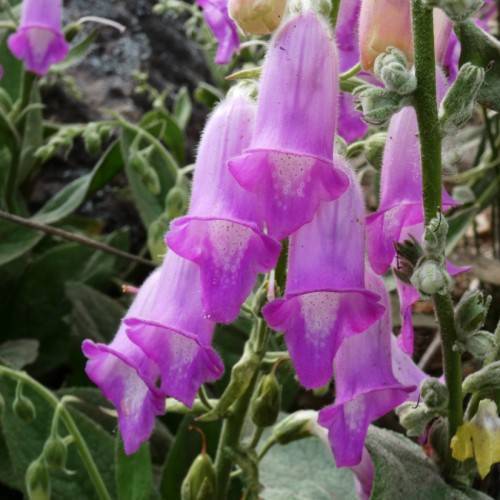
beardtongue
Penstemon 'Sweet Joanne'
Cycle:
Herbaceous Perennial
Watering:
Minimum
Hardiness Zone:
5 - 9
Flowers:
Flowers
Sun:
Full sun
Leaf:
Yes
Growth Rate:
Low
Maintenance:
Moderate
Care Level:
Medium
watering
Beardtongue (Penstemon 'Sweet Joanne') should be watered about once a week, though during extremely hot temperatures or low levels of humidity, the soil may need to be checked more often. The soil should slightly dry out between watering. When watering, it is recommended to use tepid, non-chlorinated water. Be careful not to overwater, as perennials can easily suffer from root rot. A deep watering once a week is usually sufficient to keep the soil moist. Make sure to water the plants in the morning to allow any excess water to dry off before nightfall.
sunlight
Beardtongue, also known as Penstemon 'Sweet Joanne', requires direct sun for 6 to 8 hours a day. During the warmer seasons, this plant should be located in an area of the garden with full sun. In winter, however, the plant should be given partial shade to protect it from direct sunlight for too many hours at a time. That being said, Penstemon 'Sweet Joanne' should never be placed in a completely shaded area with little to no sunlight at any time of the year.
pruning
Beardtongue (Penstemon 'Sweet Joanne') can be pruned in late spring or early summer after the leaves and flower buds have emerged. Pruning should be done selectively, removing only the flower stems that have finished blooming, cutting back to just above the second pair of leaves from the top. Pruning more heavily can cause a flurry of extra top growth and fewer flowers in subsequent years. Deadheading spent flowers with pruning scissors will help the plant focus its energy on producing more flowers and will promote healthy growth. If a heavier pruning is desired, it should best be done earlier in the season, such as in late winter or early spring, before the plant has begun to grow actively.
